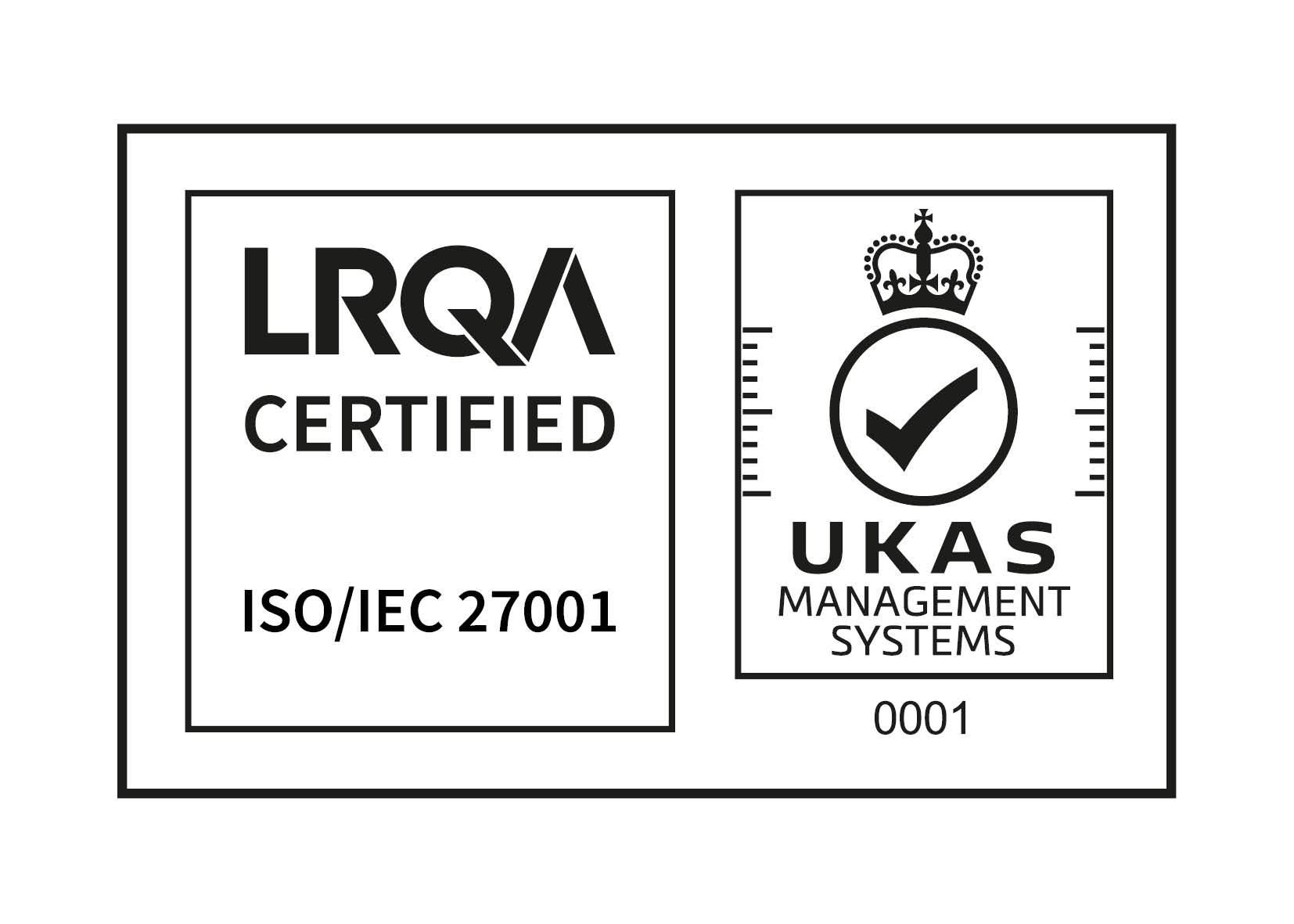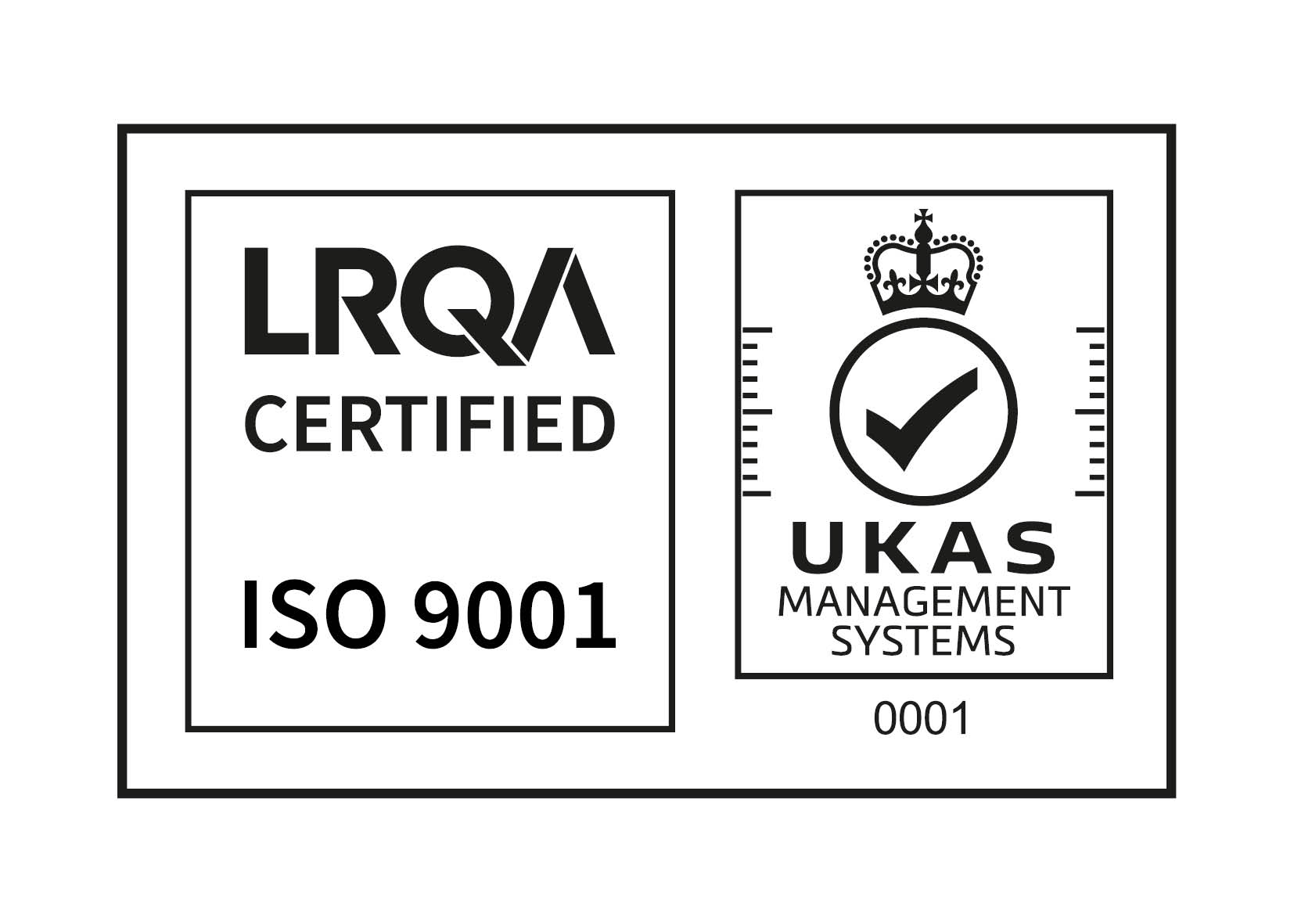Share this
Beyond Resolution: Navigating Continued Pushback from a Complainant
by Emma Laxton on May 6, 2024
It has never been unusual for complainants to push back on a complaint outcome. However, the number of complaints which are disputed after an outcome has been reached has risen drastically in the last few years. Continued back and forth on complaints which should be closed wastes time for complaints handlers, and reduces the time they have available to manage and resolve new complaints.
So, how can we ensure that once an outcome is reached, the complainant is satisfied? Understanding customer expectations up front can help ensure you reach the best outcome for everyone involved. Nevertheless, there will still be complainants who push back, so we also look at methods for finalising resolutions and closing the conversation.

Understanding Customer Expectations
When dealing with complaints, it is crucial to understand the expectations of your customers. By identifying the customers' expectations upfront, you can align your efforts towards meeting those expectations and providing a satisfactory resolution.
Some customers may just be looking for an apology and can be put off by what they interpret as a derisory settlement offer. Other customers may be motivated by seeking an outcome that will benefit a wider group of people rather than just looking for a personal resolution.
By recognising and addressing these motivations, you can work towards a resolution that satisfies the individual customer and allows for a smooth closure of the complaint.
Challenges to Complaints Resolution
However, it's not always possible to understand and achieve the resolution a complainant is looking for. In the current landscape, companies are facing several challenges when it comes to resolving complaints. One significant challenge is the shift in public attitude since the COVID-19 pandemic. There has been an increase in people pushing back on final responses and settlements, making it harder to reach a resolution.
Companies without an ombudsman or equivalent for escalation purposes often find themselves stuck in a loop of unresolved complaints. These complaints can go round and round without a clear path to resolution. Interestingly, even industries which have an ombudsman often find that complainants would rather continue to dispute outcomes with the provider rather than escalating them to the ombudsman.
The complexity of complaints is also increasing, as many complainants bring up additional issues to muddy the waters after the initial complaint has been raised. This further complicates the resolution process and prolongs the overall timeframe.
Actions for Finalising Complaints Outcomes
To address the challenges faced in the complaints resolution process, companies have implemented various actions.
One approach that companies have employed is phoning customers to explain the rationale behind the settlement. This helps complainants to understand that their complaint has been investigated by a real person with considerate rationale and can lead to a greater sense of satisfaction with the resolution.
Many companies have also been working on making their final resolution and settlement wording firmer. By using strong language and clearly stating their position, companies aim to discourage further communication and prevent prolonged disputes.
Some companies use a 'Deadlock' letter, which strongly asserts that they will not engage in further communication regarding the complaint. This approach helps set clear boundaries and avoid confusion. Companies have also learned the importance of not reengaging after sending a Deadlock letter. This only serves to confuse and prolong the process, so it is essential to stand firm on the decision.
Internal policy statements have been introduced and shared within companies to ensure all staff members are aligned and do not undermine previous resolution efforts. Policies such as 'no means no,' 'vexation,' 'no CEO involvement,' and 'unreasonable behavior' help guide employees in handling complaints consistently and avoiding bowing to pressure from a demanding complainant to provide unnecessary escalation or overcompensation.
How Can Complaints Management Software Help?
Complaints Management Software can aid this process by ensuring complaints handlers have easy access to document templates (e.g. for a Deadlock letter), and that they are guided through a complaints process where next steps, including escalation, is directed by workflows.
A Complaints Management Solution also gives a complete overview of all interactions with a complainant over time. This helps to identify and flag repeat complainants and ensure that complaints handlers take a suitable approach from the outset with these individuals. You can read more on this topic in our blog about dealing with repeat complainants effectively.
Finally, data analysis and reporting functionality within Complaints Management Software could also be used to identify certain types of complaints that tend to invoke a sense of injustice and disappointment in the level of redress. This may allow you to identify the root causes of dissatisfaction and to put a new process in place for handling these case types.
Ultimately, the key lies in establishing a customers intentions from the outset, consistent and clear communication, and firm adherence to resolution decisions. By instating these actionable solutions, companies can streamline their complaint resolution processes, reduce wasted time for handlers, and better manage new complaints.
Share this
- December 2025 (2)
- November 2025 (1)
- October 2025 (2)
- September 2025 (1)
- August 2025 (3)
- July 2025 (2)
- May 2025 (2)
- April 2025 (3)
- February 2025 (3)
- December 2024 (1)
- November 2024 (1)
- October 2024 (1)
- June 2024 (1)
- May 2024 (2)
- April 2024 (2)
- March 2024 (1)
- February 2024 (1)
- January 2024 (1)
- December 2023 (1)
- November 2023 (2)
- October 2023 (1)
- August 2023 (2)
- July 2023 (2)
- June 2023 (2)
- May 2023 (1)
- April 2023 (3)
- February 2023 (3)
- December 2022 (2)
- October 2022 (1)
- September 2022 (3)
- August 2022 (2)
- July 2022 (2)
- June 2022 (1)
- March 2022 (2)
- February 2022 (1)
- January 2022 (1)
- December 2021 (1)
- October 2021 (1)
- June 2021 (2)
- May 2021 (1)
- February 2021 (2)
- October 2020 (1)
- September 2020 (1)
- August 2020 (1)
- July 2020 (1)
- June 2020 (3)
- April 2020 (1)
- October 2019 (2)
- September 2019 (2)
- May 2019 (1)
- March 2019 (1)
- November 2018 (1)
- July 2018 (1)
- November 2017 (1)
- September 2015 (1)








